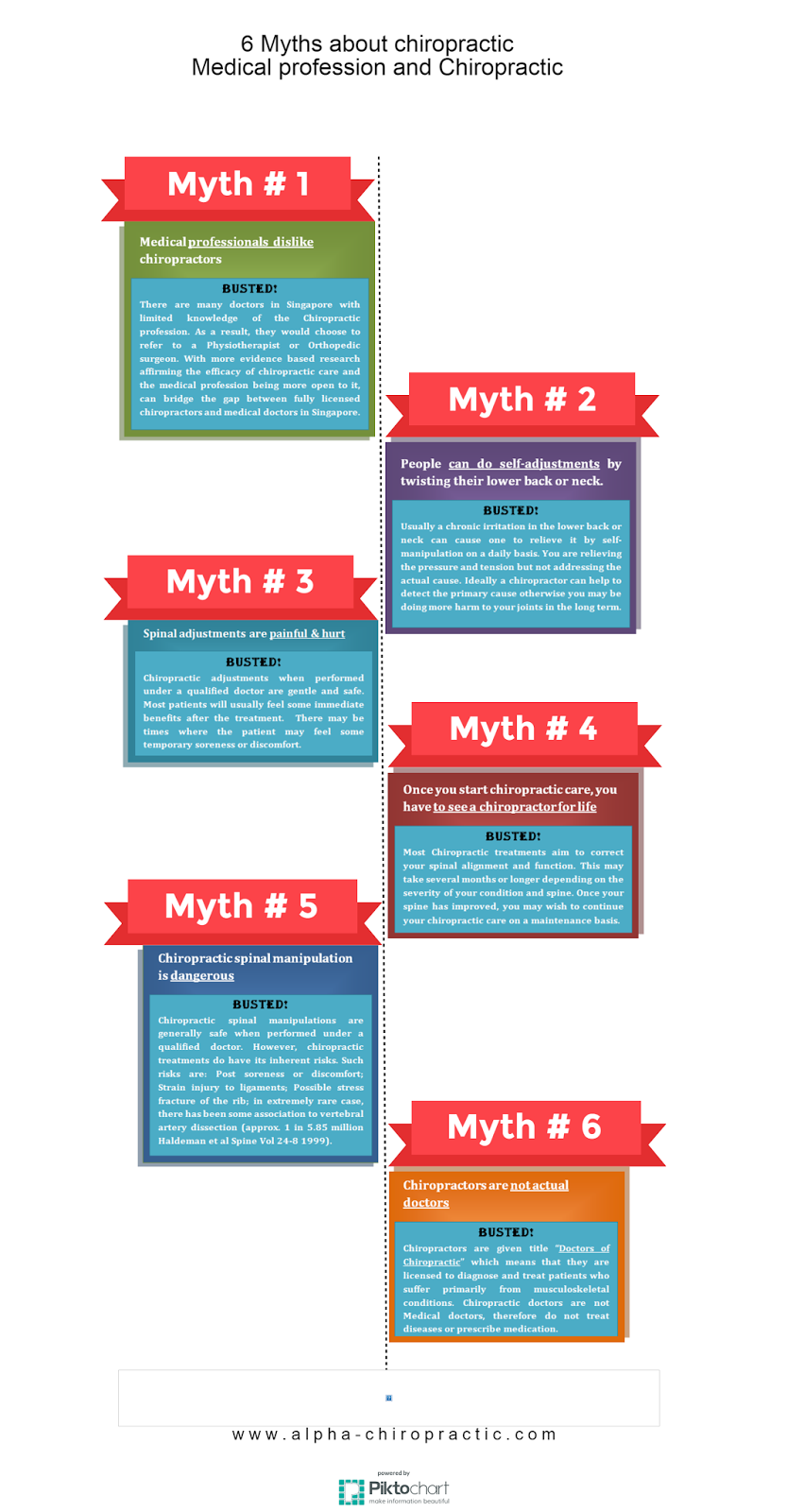The Scientific Research Behind Cold Laser Treatment: Recognizing Its Systems And Results
The Scientific Research Behind Cold Laser Treatment: Recognizing Its Systems And Results
Blog Article
Web Content Develop By-Bendix Daley
You may have become aware of cold laser treatment as an appealing treatment alternative for numerous problems, yet have you ever before wondered just how it in fact works with a mobile degree? Recognizing the mechanisms behind this treatment can shed light on its efficiency in advertising recovery and decreasing inflammation. By checking out the science behind cold laser treatment, you'll obtain insights into the interesting methods which light can influence mobile procedures and promote tissue repair.
Just How Cold Laser Treatment Works
To understand just how cold laser therapy works, you need to comprehend the fundamental principles of just how light power engages with organic cells. Cold laser therapy, also referred to as low-level laser therapy (LLLT), uses details wavelengths of light to penetrate the skin and target hidden cells. Unlike the extreme lasers made use of in surgeries, cold lasers give off reduced degrees of light that do not create heat or cause damage to the tissues.
When these mild light waves reach the cells, they're taken in by elements called chromophores, such as cytochrome c oxidase in mitochondria. This absorption activates a series of organic actions, including raised mobile energy production and the release of nitric oxide, which boosts blood circulation and reduces inflammation.
Moreover, the light energy can additionally promote the production of adenosine triphosphate (ATP), the energy currency of cells, assisting in cellular repair and regrowth procedures.
In essence, cold laser therapy harnesses the power of light energy to advertise healing and alleviate discomfort in a non-invasive and gentle way.
Mechanisms of Action
How does cold laser therapy in fact function to produce its healing impacts on organic cells?
Cold laser treatment, also known as low-level laser therapy (LLLT), runs with a process referred to as photobiomodulation. When the cold laser is applied to the skin, the light power passes through the cells and is soaked up by chromophores within the cells.
These chromophores, such as cytochrome c oxidase in the mitochondria, are after that stimulated by the light power, causing a waterfall of biological reactions. https://emiliowdlre.blog-kids.com/34058273/encouraging-research-study-and-results-in-using-cold-laser-therapy-for-neurological-problems of action is the improvement of mobile metabolic rate.
The soaked up light energy boosts ATP manufacturing in the mitochondria, which is essential for cellular feature and repair. In addition, cold laser treatment helps to minimize swelling by inhibiting inflammatory mediators and promoting the release of anti-inflammatory cytokines.
This anti-inflammatory result adds to discomfort alleviation and tissue healing.
Restorative Impacts
Understanding the restorative effects of cold laser therapy includes acknowledging exactly how the boosted mobile metabolic rate and anti-inflammatory properties add to its positive results on biological cells.
When the cold laser is applied to the affected location, it promotes the mitochondria within the cells, causing boosted manufacturing of adenosine triphosphate (ATP), which is critical for mobile function and repair service. This boost in mobile power accelerates the healing procedure by promoting cells regrowth and minimizing swelling.
Moreover, https://www.allure.com/gallery/skin-care-devices-dermatologists-use-at-home -inflammatory homes of cold laser treatment help to reduce discomfort and swelling in the targeted area. By inhibiting inflammatory arbitrators and promoting the launch of anti-inflammatory cytokines, cold laser therapy help in relieving discomfort and improving the general recovery response.
go to this site in swelling not just offers instant alleviation however likewise sustains long-lasting tissue repair work.
Final thought
To conclude, cold laser treatment works by boosting cellular repair service and cells regrowth through photobiomodulation. Its anti-inflammatory buildings provide pain alleviation and minimize swelling by inhibiting inflammatory mediators.
This treatment provides a thorough approach to recovery, supplying both instant relief and lasting tissue repair service advantages.
Via its systems of action, cold laser therapy verifies to be an efficient and appealing treatment option for a range of conditions.
